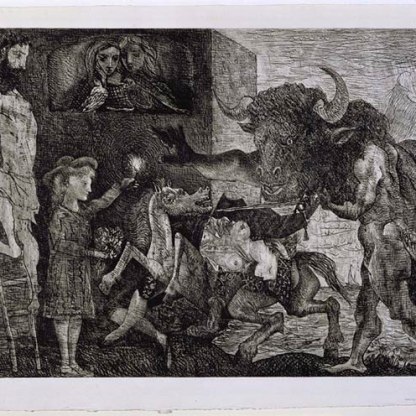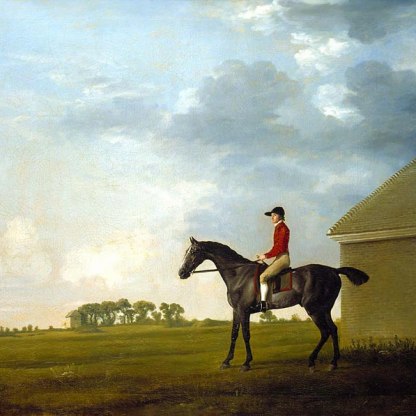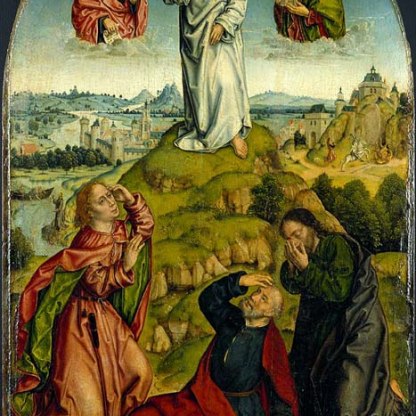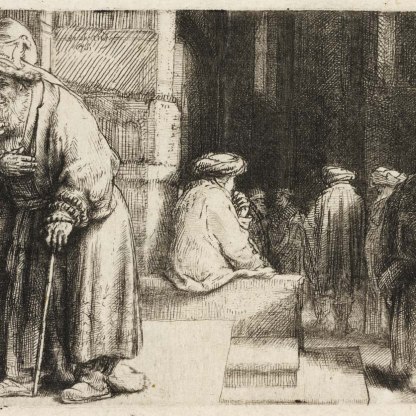The Four Horsemen of the Apocalypse
Apocalypse literally means 'an unveiling', 'a revelation'. But it is the description of the Book of Revelation of St John (the final book of the Bible) as 'apocalyptic' that gives us the definition of the word which we use today: of or relating to the end of the world.
In the book, John relates a series of vivid, often frightening visions that he experienced on the Greek island of Patmos. They relate to the Second Coming of Christ and the Last Judgment.
Verses 1–8 of Chapter 6 relate how John saw four horsemen:
And I saw when the lamb opened one of the seals, and I heard, as it were the noise of thunder, one of the four beasts saying, Come and see.
And I saw, and behold a white horse: and he that sat on him had a bow; and a crown was given unto him; and he went forth conquering and to conquer.
And when he had opened the second seal, I heard the second beast say, Come and see.
And there went out another horse that was red: and power was given to him that sat thereon to take peace from the earth, and that they should kill one another: and there was given unto him a great sword.
And when he had opened the third seal, I heard the third beast say, Come and see. And I beheld, and lo a black horse; and he that sat on him had a pair of balances in his hand.
And I heard a voice in the midst of the four beasts say, A measure of wheat for a penny, and three measures of barley for a penny; and see thou hurt not the oil and the wine.
And when he had opened the fourth seal I heard the voice of the fourth beast say, Come and see.
And I looked, and behold a pale horse: and his name that sat upon him was Death, and Hell followed with him. And power was given unto them over the fourth part of the earth, to kill with the sword, and with hunger, and with death and with the beasts of the earth.
These riders have been interpreted as Christ himself conquering the earth. But they are more usually seen as personifications of War, Famine, Plague and Death.
They appear in a particularly fine fifteenth-century Book of Hours in the Fitzwilliam, details below [MS. 62]. The visionary John looks up at them from a hillside as they canter through the air above him.

Gillray's cartoon and William Blake's watercolour from 1800 [765] show only Death, but the four were frequently shown together, particularly during periods when the Second Coming was believed to be imminent. Albrecht Dürer's treatment, below [P.3051-R], from a series of woodcuts made at the very end of the fifteenth century, is especially powerful.

Other highlight objects you might like
Other pathways and stories you might like
Sign up to our emails
Be the first to hear about our news, exhibitions, events and more…






